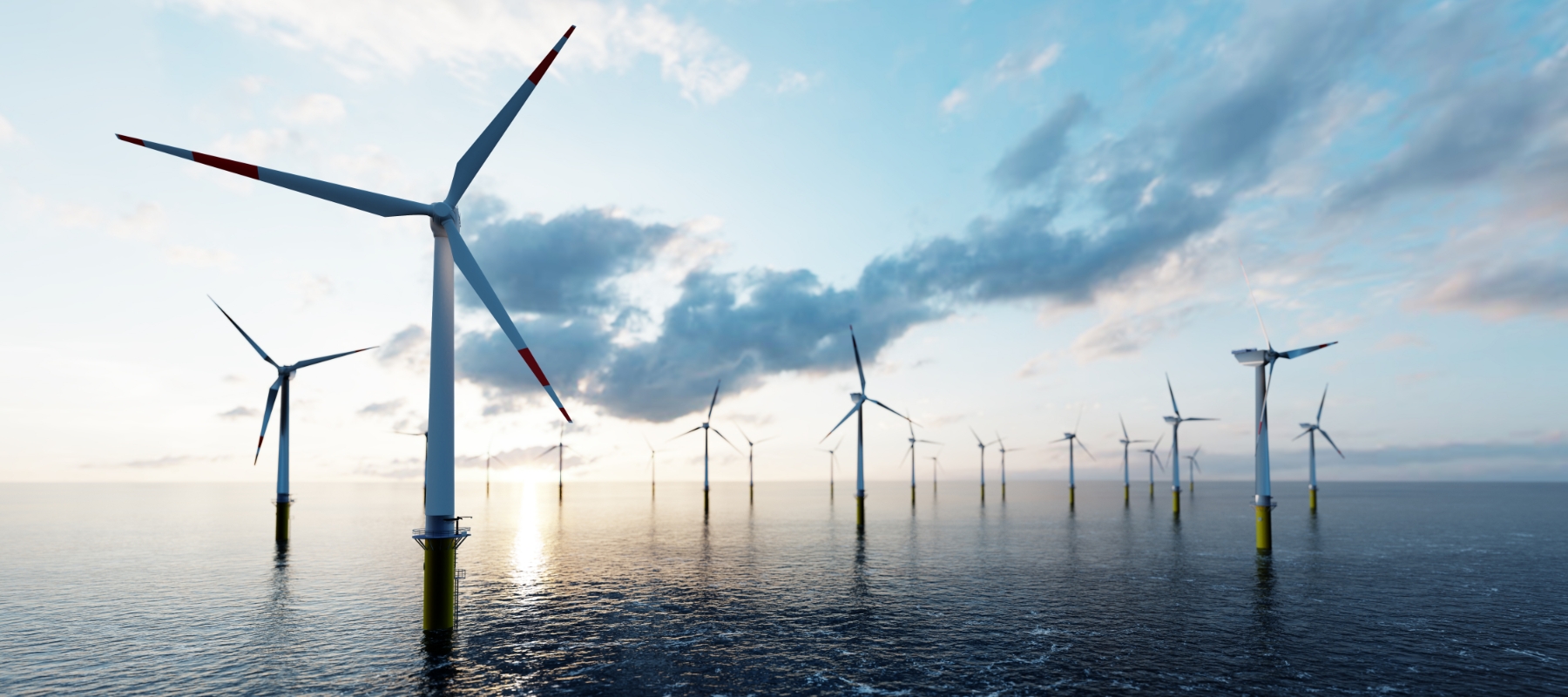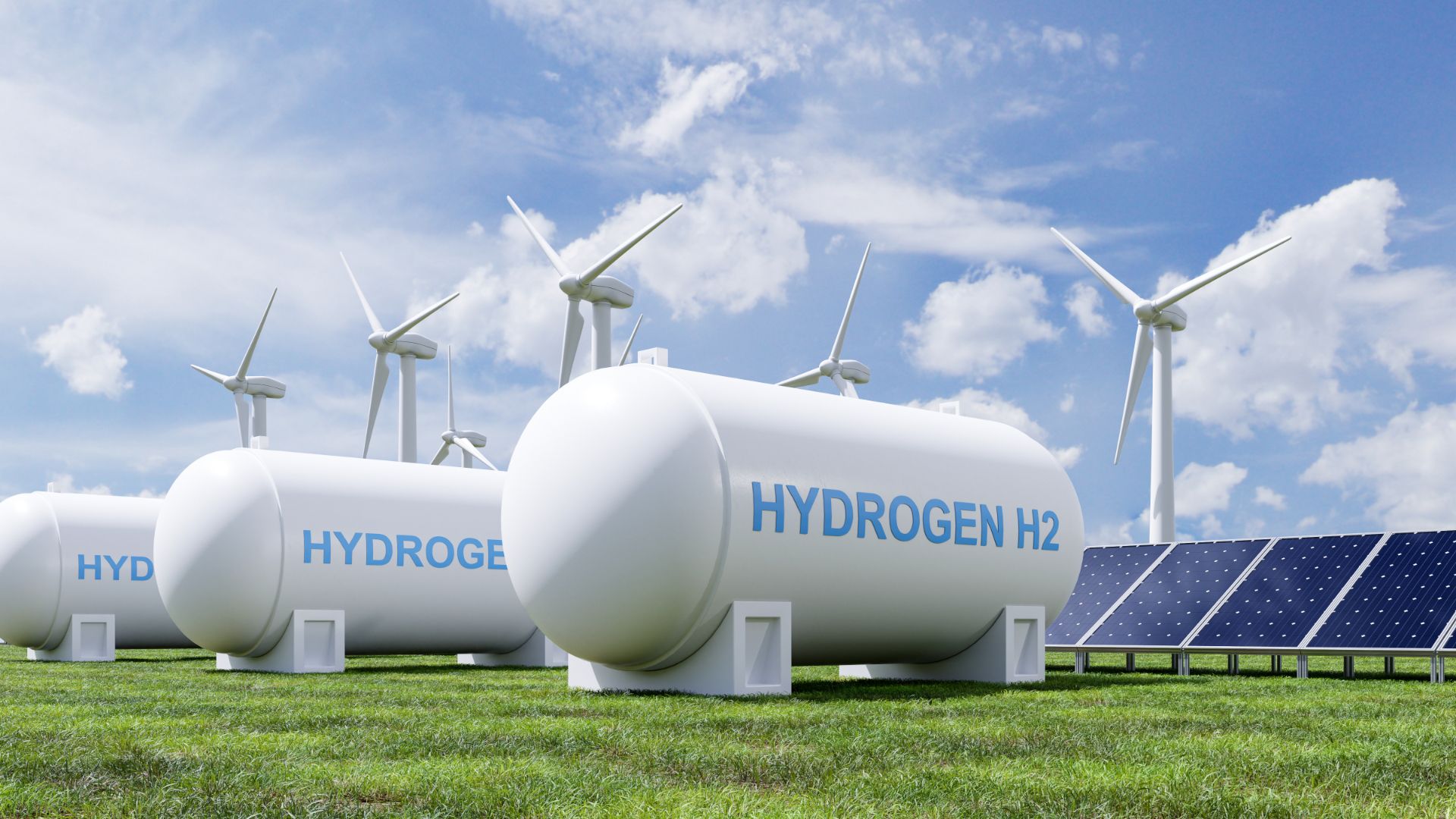The Future of Energy for Brazil and the World
Fossil fuels will become obsolete. But what is next? Green Hydrogen currently is the strongest contender.
Green Hydrogen (H2V) is an energy source produced from a process that breaks water into hydrogen and oxygen without generating pollution. It is a promising energy source with high potential for industrial use and low greenhouse gas emissions. In addition, it contributes to the climate action goals set by the United Nations Framework Convention on Climate Change, the Kyoto Protocol, and the Paris Agreement. In Brazil, the consulting firm McKinsey predicts that Green Hydrogen has the potential to generate $10-12 billion in revenues from the domestic market by 2040.
Hydrogen technologies play a key role in the energy sector by contributing to both mobility and industry. In addition to acting as an energy carrier, hydrogen can also be used as a chemical base material. That makes it a powerful tool in efforts to develop the national industry.

Privacy warning
With the click on the play button an external video from www.youtube.com is loaded and started. Your data is possible transferred and stored to third party. Do not start the video if you disagree. Find more about the youtube privacy statement under the following link: https://policies.google.com/privacyTo learn more about the role of Green Hydrogen in Germany, watch the Fraunhofer Magazine video!
Fraunhofer and Green Hydrogen initiatives in Brazil
Investment in Green Hydrogen has an enormous importance to Brazil, given its production and export potential. According to a survey conducted by McKinsey, H2V has the potential to generate an investment opportunity of 200 billion dollars in Brazil in the next 20 years. Brazil ranks 7th in the world list of energy generators, with a current installed capacity of 175 GW (2021), and 83% of its energy matrix comes from renewable energy, which shows the potential of the country to invest and export this technology.
Since the beginning of our operations, the office in Brazil has invested efforts in finding projects and developing partnerships in the renewable energy and H2V sectors. One example was in August 2022, when the Head of the Fraunhofer Liaison Office Brazil, Dr.-Ing. Rodrigo Pastl, visited the Industrial Port Complex Governador Eraldo Gueiros (SUAPE) to check the project of implementation of the local H2V hub. Also, there was a workshop at the University of Pernambuco (UPE), where hydrogen technologies developed by Fraunhofer, UPE, and the Tec Hub from the Suape complex were showcased. In addition, in May 2022, EnergInno Brasil was held, an initiative led by Fraunhofer as part of a BMBF project "Research in Germany". The goal was to promote matchmaking of companies, research institutes, and universities on innovations in the areas of renewable energy between Germany and Brazil, focusing on H2V and Biogas.
Fraunhofer H2Wind
Fraunhofer is one of the largest developers of Green Hydrogen research in Germany. One of its featured projects is H2Mare of the German Federal Ministry of Education and Research (BMBF), which seeks to explore the presence of wind turbines and electrolytics at offshore locations and is coordinated by Fraunhofer-Gesellschaft together with Siemens Energy.

One of the four H2Mare subprojects is H2Wind, which is funded by the German federal government to produce hydrogen near the sea, where the wind is abundant. It focuses on integrating the unit that produces hydrogen energy directly into a wind turbine, a clean energy source that breaks water into hydrogen and oxygen. Fraunhofer is part of the team of researchers leading the H2Wind and has been working on it in record time. Though the project was just released in 2021, the researchers plan to present solutions for offshore electrolyzers by 2025.
Written by:
Isabella Nascimento
 Fraunhofer Liaison Office Brazil
Fraunhofer Liaison Office Brazil